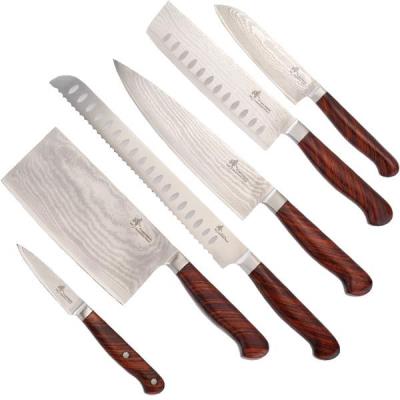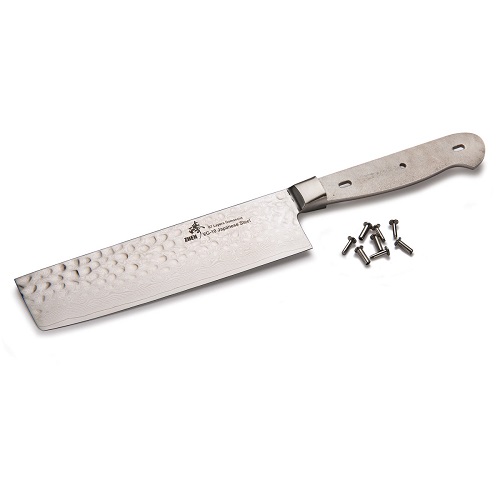Knife Making For Beginners – Knife Kits

Ever wanted to make your unique knives that were perfect for your application and suited your aesthetic look and feel? Well, although there are a few options available for those that forge their steel at home, fortunately, the knife-making hobby is also available to the average novice woodworker. Over the years, we have looked at a various range of suppliers who provide the user with an almost-perfect blank forged from some of the best quality steel found on the planet.
The only task then left over to the home craftsman, is creating the appropriately styled handles and sheaths for these wonderful pieces. A fairly challenging but easily accomplishable goal for most novice woodworkers and home MacGyvers.
Basics of Steel Demystified
This isn’t necessarily all of the steels used for knives but the most commonly used for production and custom knives. The elemental composition blade steel has is key in determining the performance of a knife. Here is a summary of steel elements and their purpose within the mix:
- Carbon – a mineral that is responsible for transforming iron into steel. Carbon adds hardness to steel. The higher the carbon content, the better the steel can hold an edge.
- Chromium – boosts steel’s resistance to corrosion and staining.
- Cobalt – Strengthens the blade.
- Manganese – enhances toughness and hardenability.
- Molybdenum – used to increase toughness in tool steels such as D2 and A2.
- Nickel – Adds toughness.
- Tungsten – aids in producing a fine yet dense steel grain structure.
- Vanadium – yields a fine grain in the steel during the heat treatment process.
What is Damascus Steel?

There are some reports that when the first Damascus steel was encountered it would cut through the sword blades that the Europeans were using. This is reported because the material was the perfect mixture of tough steel and hard steel. In the Middle East, this type of steel had been made for thousands of years, but the knowledge of how to work this metal was lost at some point.
Consequently, the type of Damascus made today is not produced the same way that it was made anciently. Today, pattern-welded steel is made to reproduce the look of ancient Damascus steel. This type of steel is made by taking two (or more) layers of different types of steel and folding them together.
After the two different plates of steel are folded together, the steel is acid etched. The color contrast and patterns on the blade come from the fact that the two types of steel etch differently. Damascus steel is considered a precious metal, because it is difficult to make, and can result in very beautiful knife blades. This means that knife blades made with Damascus tend to be expensive and only used for custom blades.

Comments
Add comment